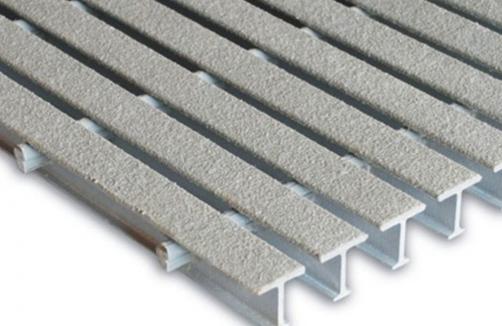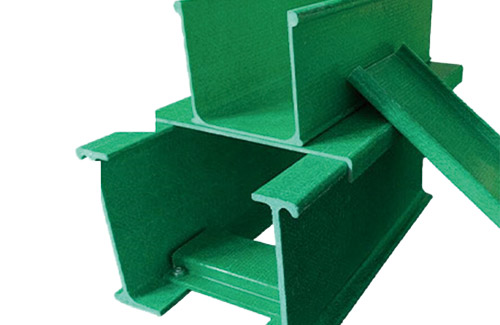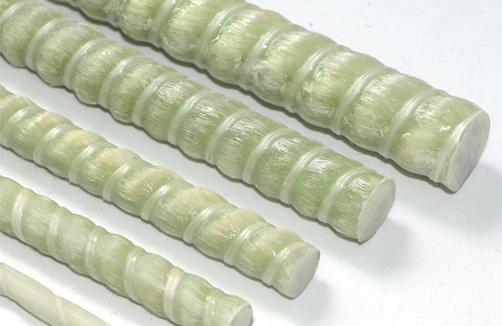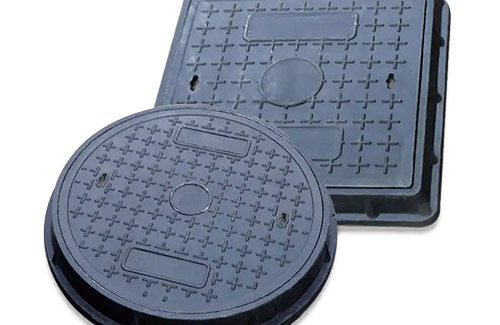Precautions
1. Due to the low density and light material, it is easy to install the glass tube in the high groundwater level. It is necessary to consider the anti-floating measures such as setting up the town pier or rainwater runoff.
2. In the construction of tee-opening and repairing pipeline cracks on the installed glass steel pipe, it is required to be completely dry in the factory and the resin and fiber cloth used in the construction need to be solidified for 7-8 hours, and the site construction and compensation It is generally difficult to meet this requirement.
3. The existing underground pipeline detection equipment is mainly based on detecting metal pipelines, while the non-metal pipeline detection instruments are expensive. Therefore, the glass steel pipes cannot be detected after being buried, and other subsequent construction units are very easy to dig and damage the pipelines during construction.
4. The glass tube has poor UV resistance. The surface-mounted glass steel pipe delays the aging time by making a 0.5 mm thick resin-rich layer and an ultraviolet absorber (in-plant processing) on the surface. As the run time progresses, the resin-rich layer and the UV absorber are destroyed, which affects its service life.
5. The requirement for covering soil depth is high. Under the general roadway, the shallowest cover soil of SN5000 grade glass steel pipe is not less than 0.8m; the deepest cover soil is not more than 3.0m; the shallowest cover soil of SN2500 grade glass steel is not less than 0.8m; the deepest cover soil is not more than 1.2m (the minimum of 12mm thick steel coiled pipe) The deepest covering soil is 0.7m and 4.0m respectively.
6. The backfill should not contain bricks, stones and other hard objects larger than 50mm to avoid damage to the outer wall of the pipeline.
7. At present, there has been no report on the large-scale use of glass pipes by large water divisions in the country. Since glass pipes are new types of pipes, it is still unclear what the service life is.








